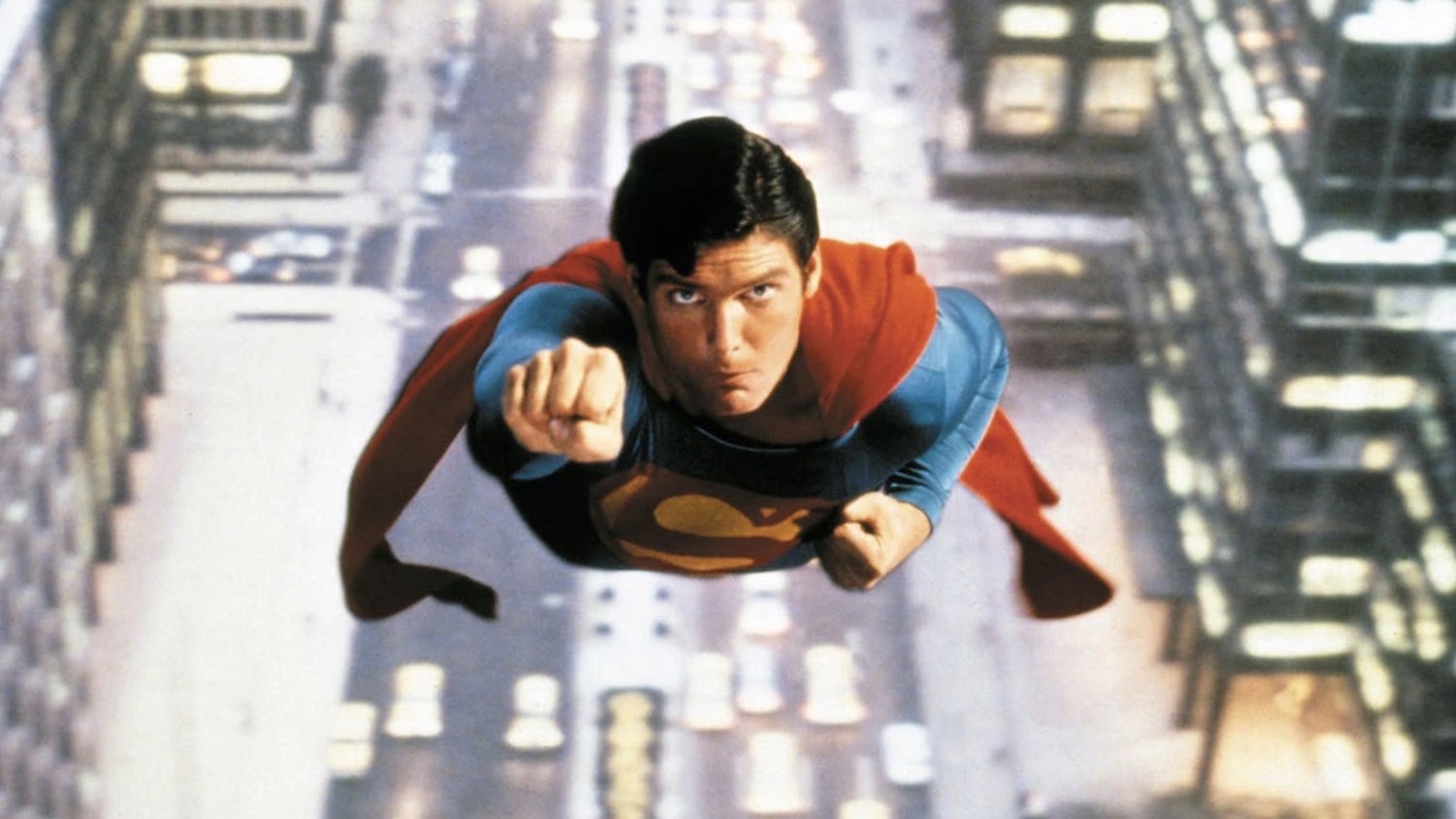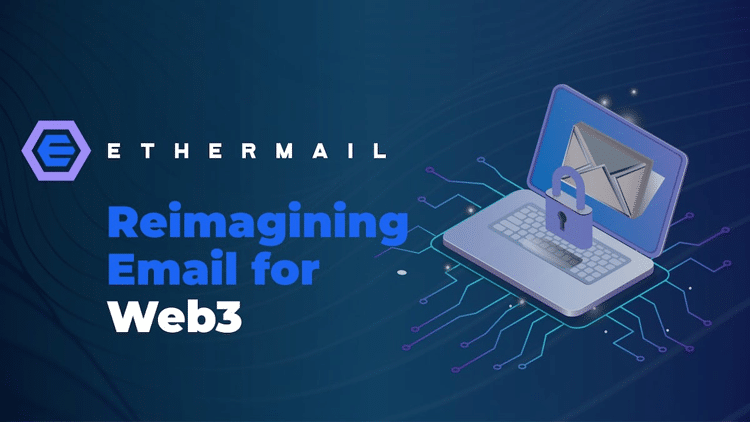High Tech on Low Episode # 58: AI Art and NFTs

High Tech on the Low, organized by Jordan Kastrinsky, is on a mission to make high technology available to the world. In my podcast, I explore the many different facets of the world of high technology from development to marketing, to sales, to entrepreneurship and more! As society increasingly turns to technological solutions to make processes more efficient and secure, it is important, now more than ever, that we pool the high-tech sector’s total resources under one roof to reap the benefits of this knowledge sharing. There are so many opportunities out there to grow in the industry that we need to offer the tools to do so.
Sure, you’ve probably heard of NFTs – the weird, bored monkeys or some crypto-hotter that are just some of the projects that adorn the nascent NFT world. For those unfamiliar with NFTs, here’s a brief summary: NFTs are non-fungible tokens that act as financial security, often represented through digital art that stores digital proprietary data using blockchain technology.
Ownership of an NFT is validated on the blockchain, which enables easy transactions between buyers, dealers and sellers. What makes them useful is that they are unique, no two NFTs are alike. Anyone can create an NFT, upload them to various marketplaces and start transactions with them. Often, NFTs contain more than just digital data and art, but actual digital files such as photos, videos, audio, or even smart contracts that dictate certain rules, benefits, or promotions related to NFT.
However, Ben Kovalis, co-founder and CMO of EpoLabs of Art AI, did not consider the NFT place when he joined his partner Eyal. “The premise of the project was to build a machine to create an infinite number of works of art using artificial intelligence,” says Ben. Nevertheless, Ben understood that a key element of art lies in its scarcity, the fact that it cannot necessarily be mass-produced. “So, the whole idea was to sell an infinite number of UNIQUE pieces online”, and since NFTs offers the unique feature Ben needed for his project to succeed, he and his co-founder decided to go that route.
But is AI-generated art what makes art seem fake? According to Ben, it was initially challenging to educate the market about works of art made of artificial intelligence, since not many people knew that such technology existed. By introducing such a new technology, Ben suggests that they, along with their early users, opened people’s horizons to explore new perspectives on art and slowly accept works of art by artificial intelligence. Even today, it can be difficult to identify what art is created by a human or a computer, and although people may have their own opinions, love it or hate it, AI art can be a good starter. “It’s not the easiest thing to explain to people,” Ben adds, “but at the end of the day if you do not know it is AI, how can you know it is not man-made?”
After finally being exposed to NFTs, and with some careful analysis of the market, about a year ago, Ben and his co-founder decided to enter the room. They created a new interface that allows “anyone to create their own artwork using text, any text, part of your favorite book, sentences, anything, and you will get an AI-generated image based on the text you wrote, “as Ben puts it. The team was mainly democratizing access to artistic abilities, which if we are to be honest, many people are missing. The Art AI interface allows anyone to create any work of art with whatever words they want, without skill.
To keep the original collection, Eponymous, short, they limited the NFT amount to 10,000 pieces, and when a word was used and NFT embossed, no one else could use it. In addition, the word and its owner were verified on the blockchain, which made the whole process safe and reliable. “So, you can only have an ‘Elon Musk’, you can have ‘Elon Musk with a crown’, but only an ‘Elon Musk’,” Ben remarks. hours, users had marked the entire quota, an incredible achievement for the two entrepreneurs.
So, what will the future hold for Ben and Art AI? With their success, they have built even more collections and utilize partnerships with major artists and other NFT projects. At the same time, they are still working on their unique interface and further developing it to test new uses for their AI-art generation machine.
Ben also hopes that as more people become familiar with NFTs, the more space will open up and more people will start using Art AI. “In the meta room you can be proud to be out early, this is a fantastic opportunity that will not repeat itself, so if you have a good idea to be innovative, then go for it!”

























